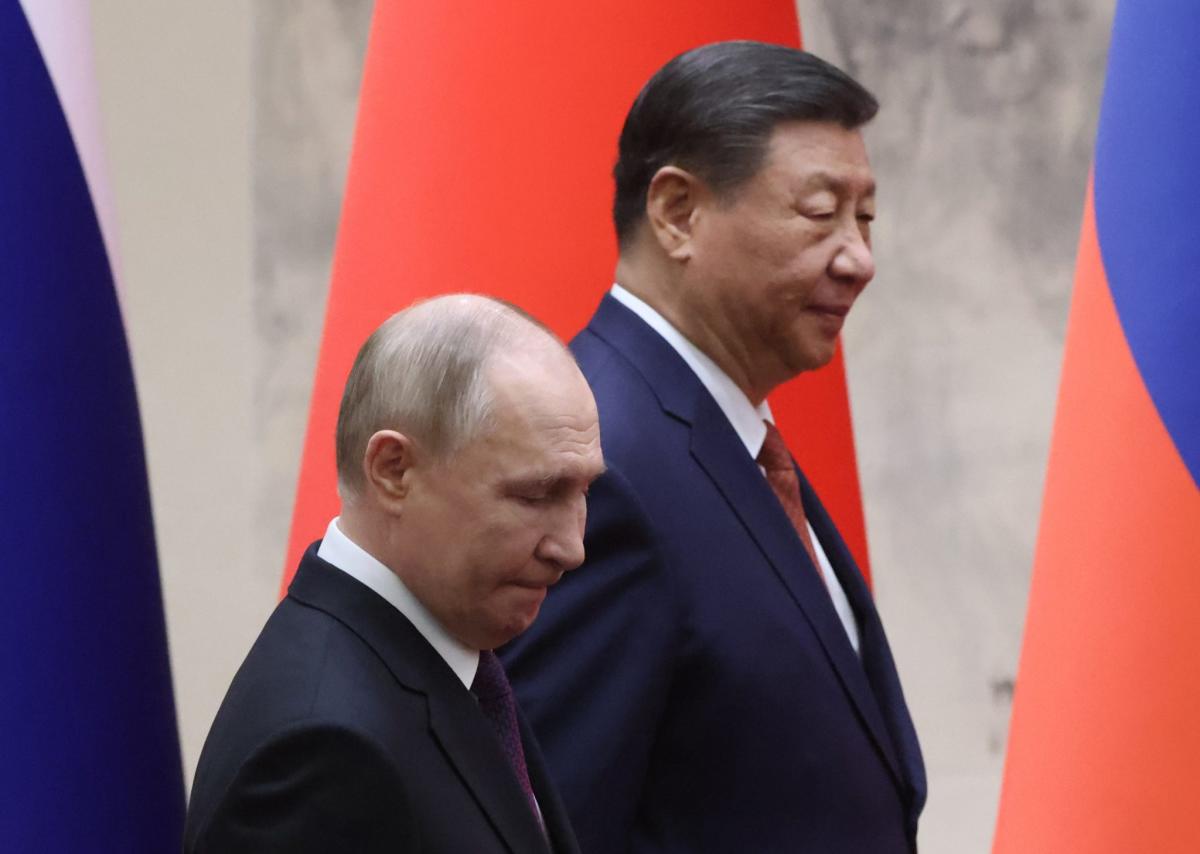After the US and its allies imposed sanctions on Russia in 2022 over its invasion of Ukraine, Moscow moved away from the dollar and the euro in international transactions and began relying more on the Chinese yuan.
This was accompanied by increased trade between the two countries, as Russia was largely shut out of Western markets and the global financial system.
In June, the yuan accounted for 99.6% of Russia’s currency market, according to Bloomberg, citing data from the Russian central bank. And Russian commercial banks increased yuan-denominated corporate lending.
But this reliance on the yuan is now starting to backfire as Russia’s largest banks no longer hold the Chinese currency, Reuters reported on Thursday.
“We cannot provide loans in yuan because we have nothing to cover our foreign currency positions,” German Gref, CEO of Russia’s largest lender Sberbank, told an economic forum.
That comes after the US expanded the definition of Russia’s military industry earlier this year, increasing the number of Chinese companies that could face secondary sanctions for doing business with Moscow.
As a result, Chinese banks have been reluctant to transfer yuan to Russian counterparties while handling foreign trade payments, leaving transactions in limbo for months. As yuan liquidity from China dries up, Russian companies have tapped the central bank for yuan through currency swaps.
Earlier this month, banks raised a record 35 billion yuan from Russia’s central bank through these swaps, Reuters reported. And banks were expecting more help.
“I think the central bank can do something,” Andrei Kostin, CEO of the second-largest bank VTB, said on Thursday. “They hopefully understand the need to increase the liquidity supply through swaps.”
But on Friday, Russia’s central bank dashed those hopes by calling on banks to limit yuan-denominated lending to businesses.
The Bank of Russia also said in a report that swaps are only intended for short-term stabilization of the domestic currency market and are not a long-term source of funding, according to Bloomberg. But instead of simply fulfilling the roles that dollars and euros did, yuan lending has expanded.
“The increase in yuan lending was partly driven by the replacement of ‘toxic’ currency loans, but 41% of the increase was due to new currency loans,” the bank said.
The central bank also published a survey showing that a quarter of Russian exporters had problems with foreign counterparties, including blocked or returned payments, even when trading in supposedly friendly countries. And about half of exporters said problems had gotten worse in the second quarter than in the previous quarter.
The Russian economy as a whole has been propped up by government war spending and oil exports to China and India. But the combination of busy factories and labor shortages from military mobilizations has fueled more inflation.
Researchers led by Yale’s Jeffrey Sonnenfeld warned that the seemingly robust GDP data mask deeper problems in the economy.
“Simply put, Putin’s government has prioritized military production over everything else in the economy, at significant cost,” they wrote. “While the defense industry is growing, Russian consumers are increasingly burdened with debt, potentially setting the stage for a looming crisis. The excessive focus on military spending is crowding out productive investment in other sectors of the economy, stifling long-term growth prospects and innovation.”
This story originally appeared on Fortune.com
